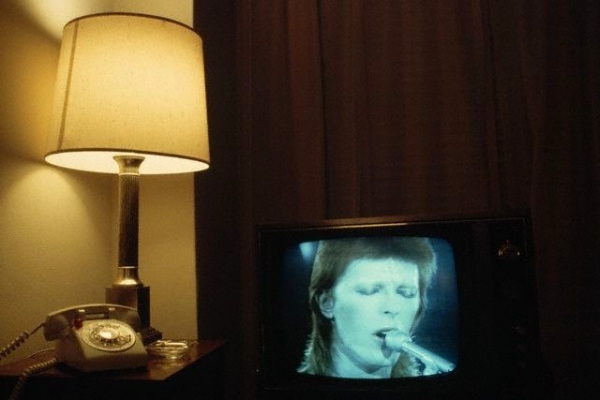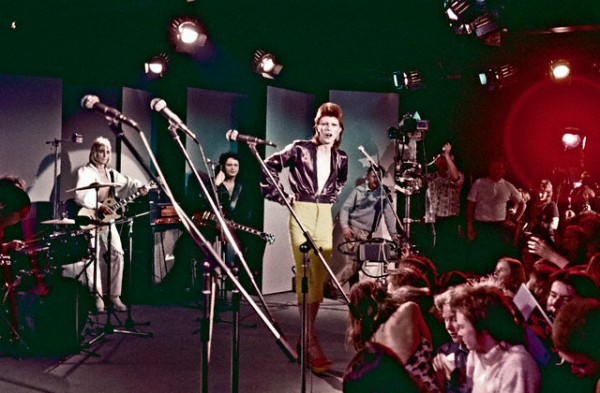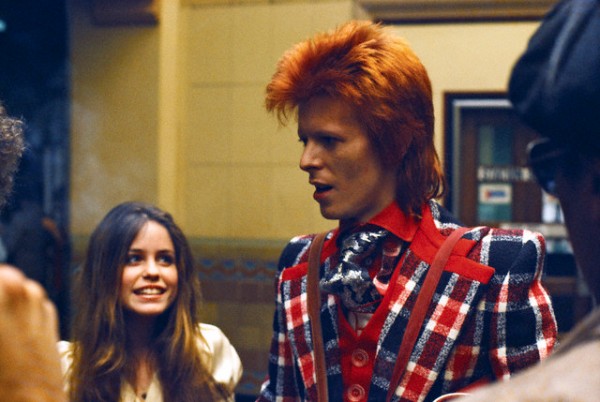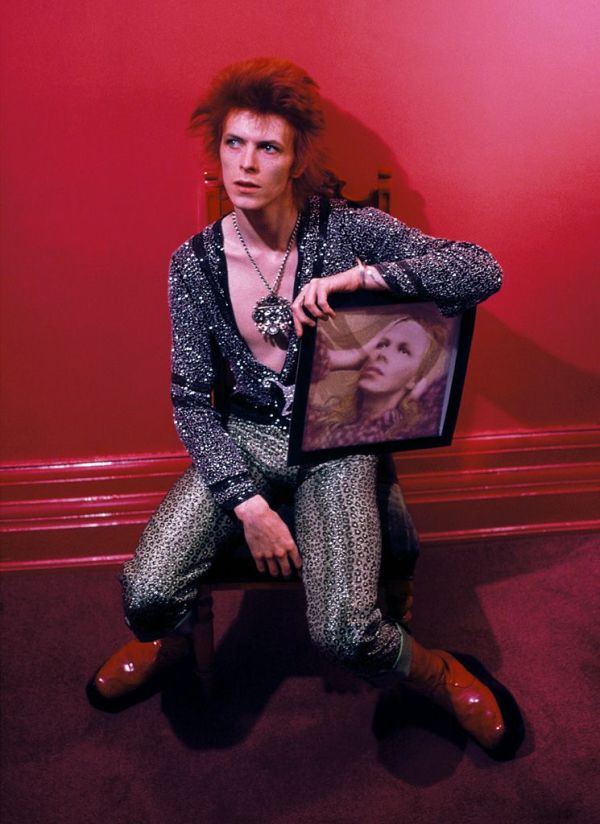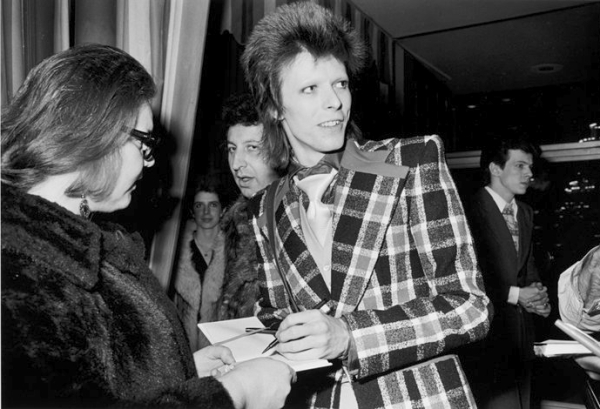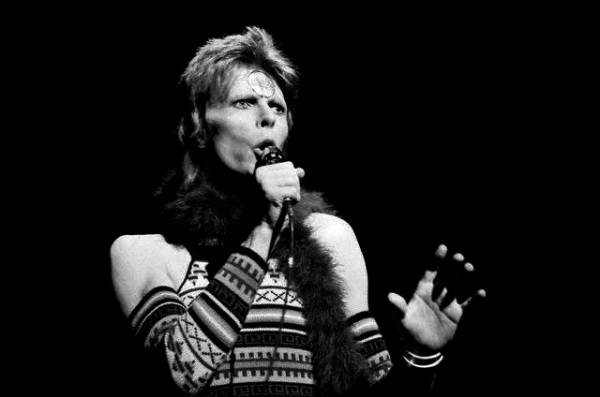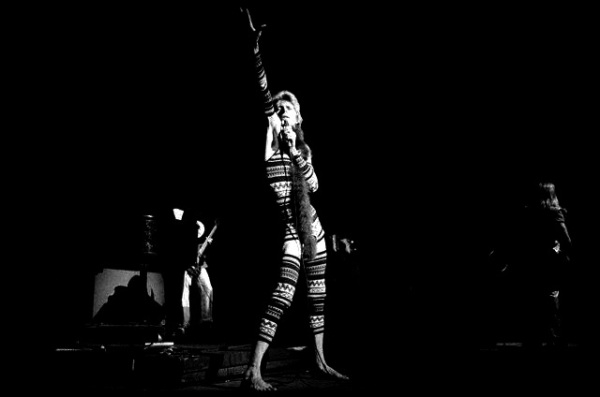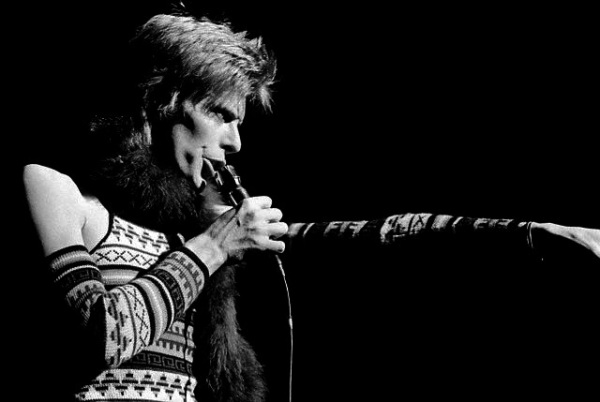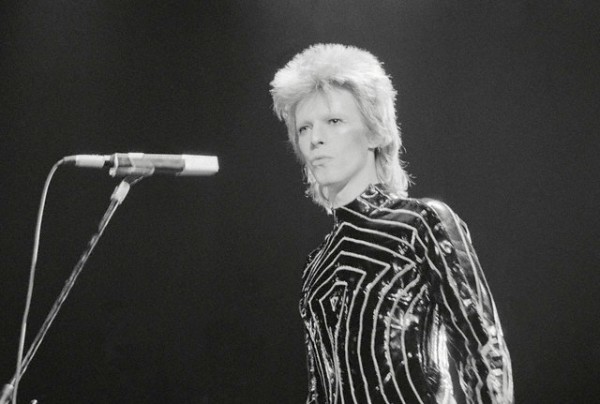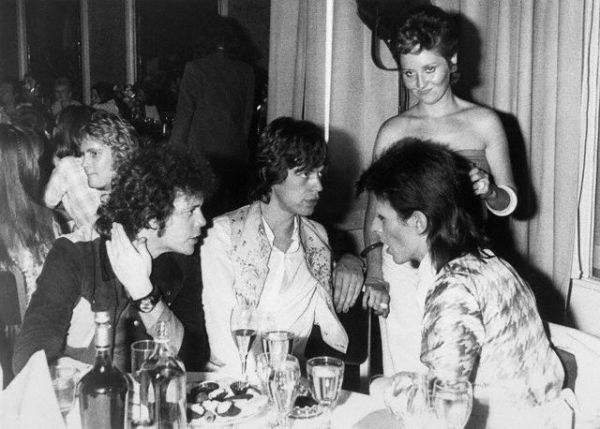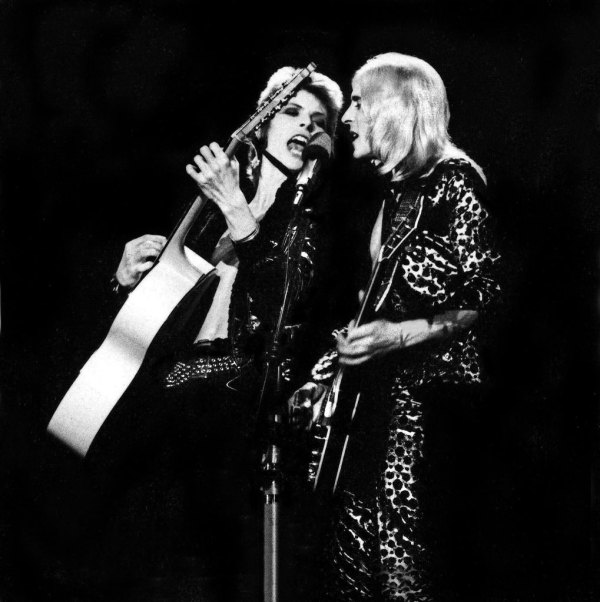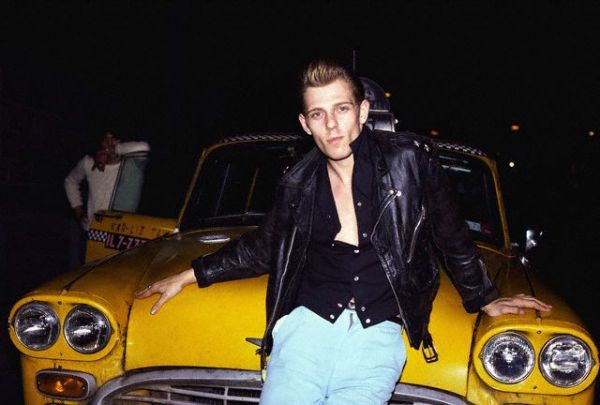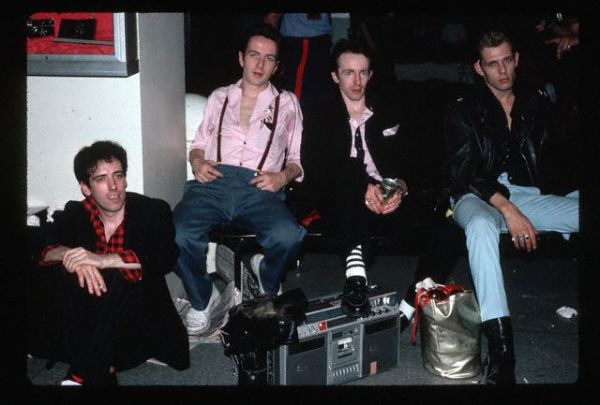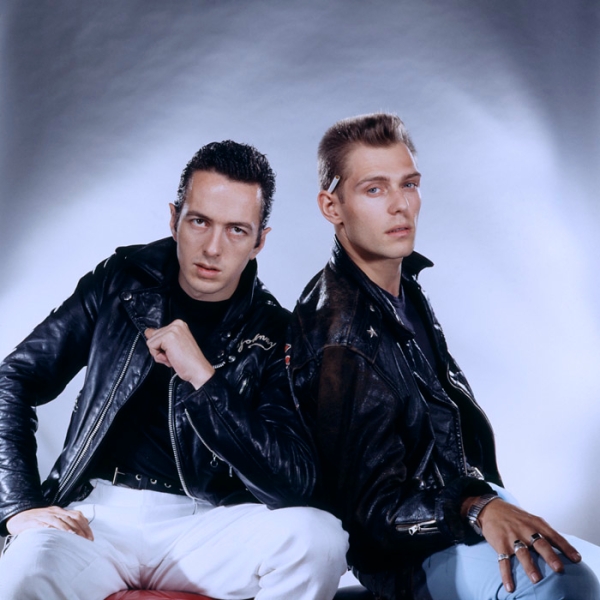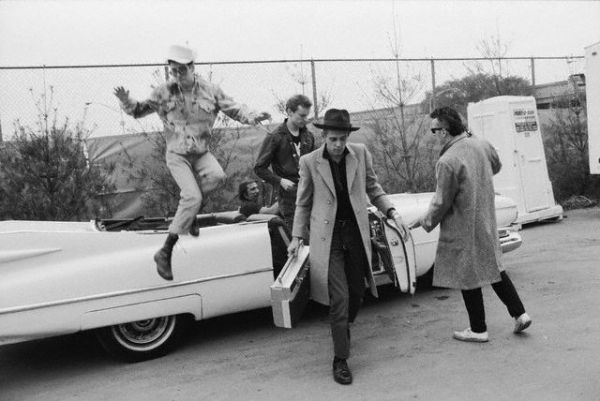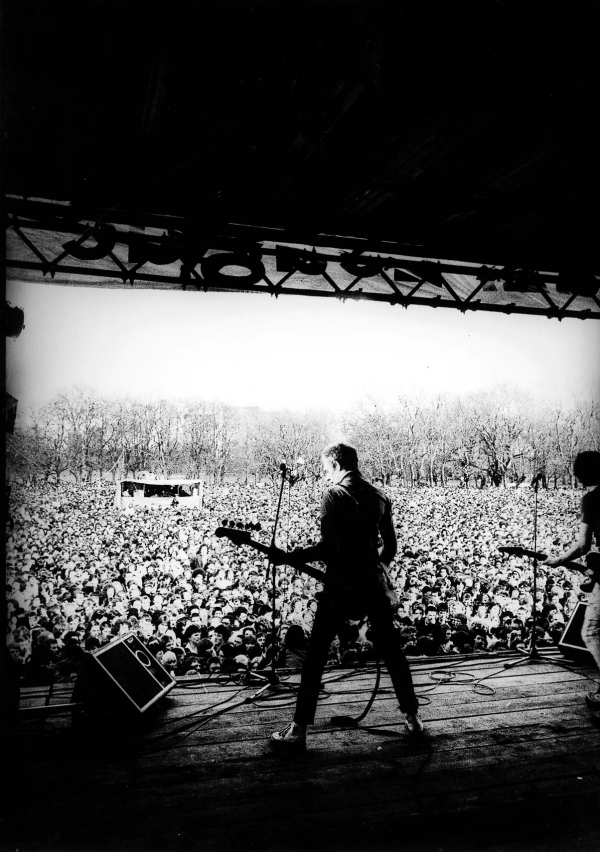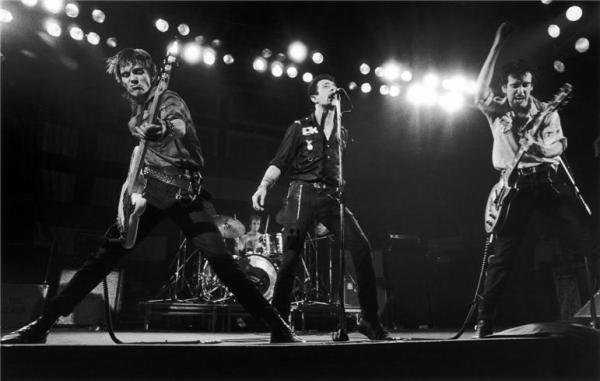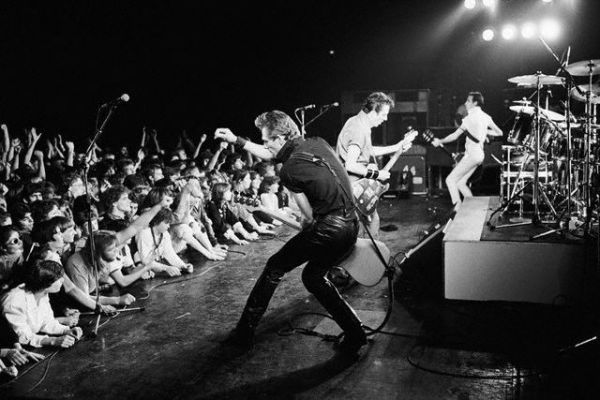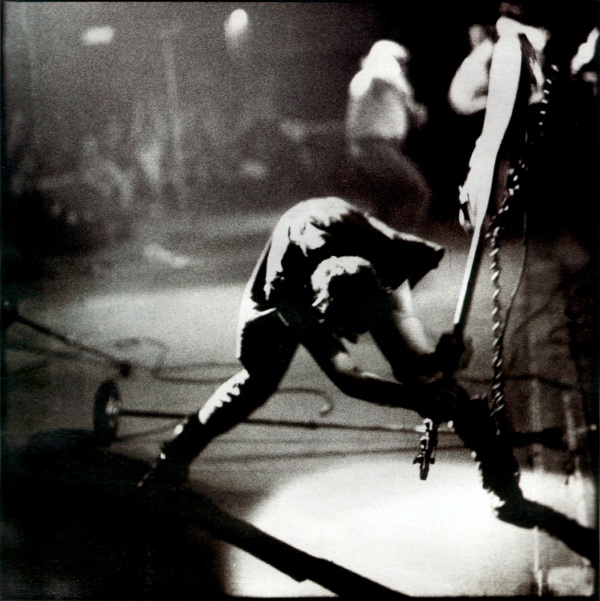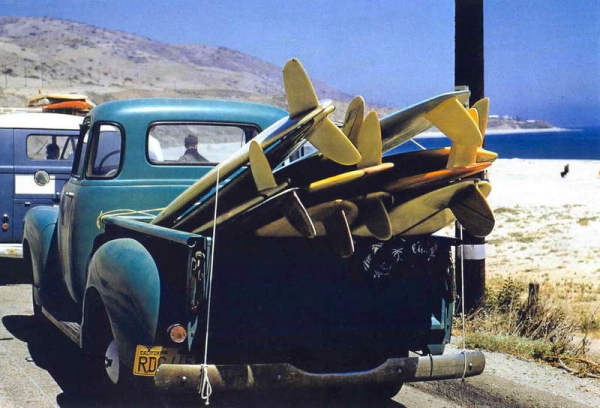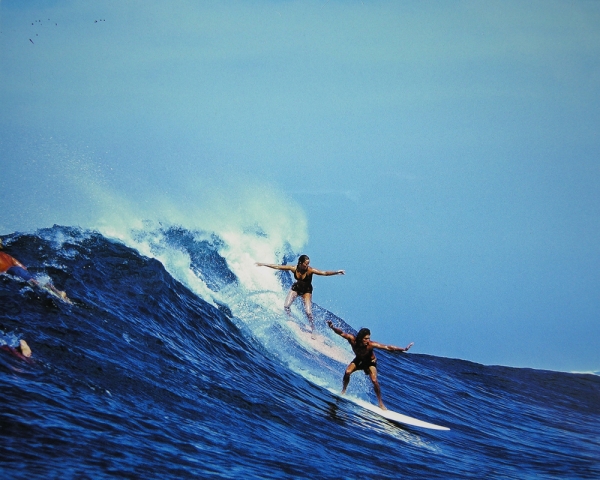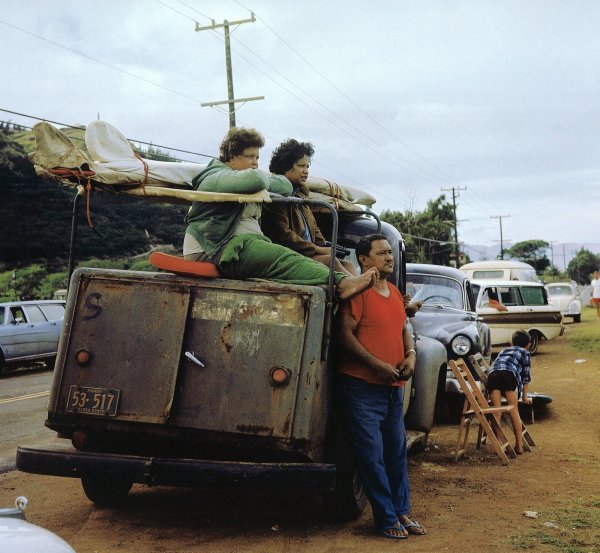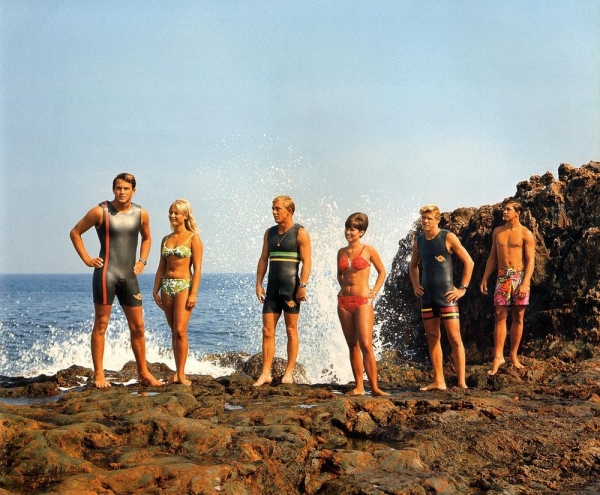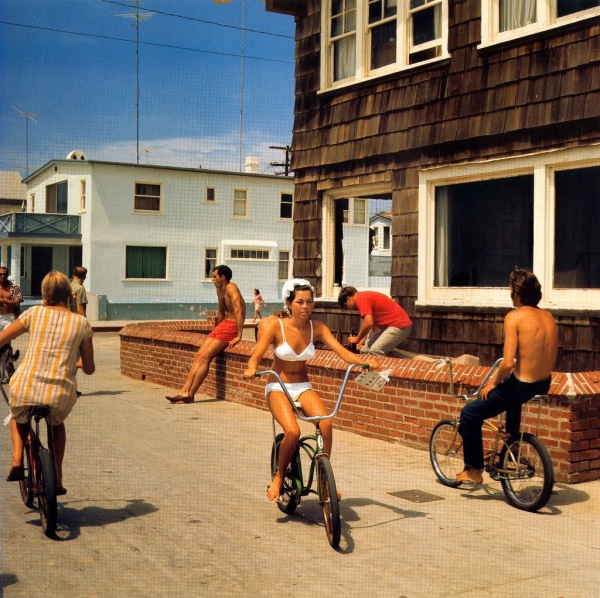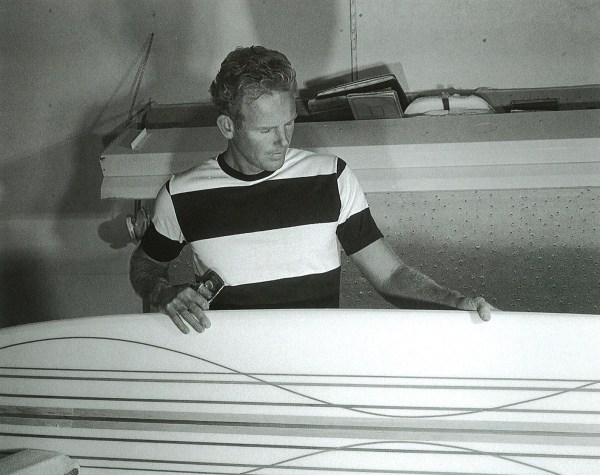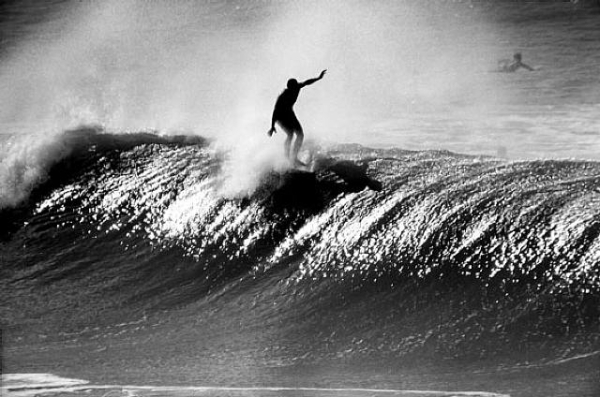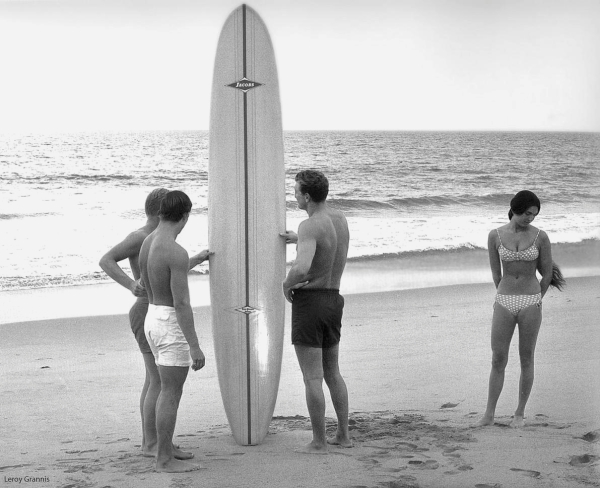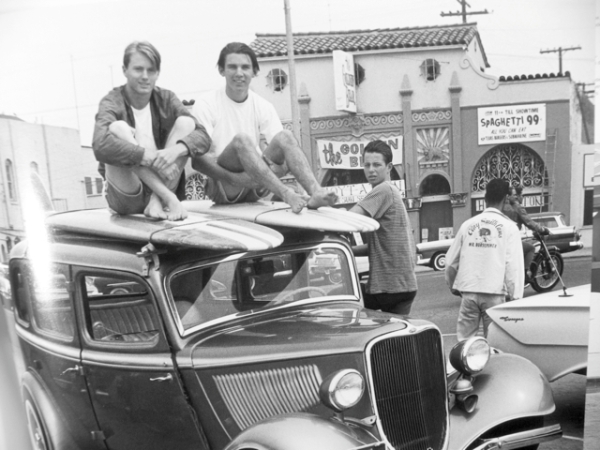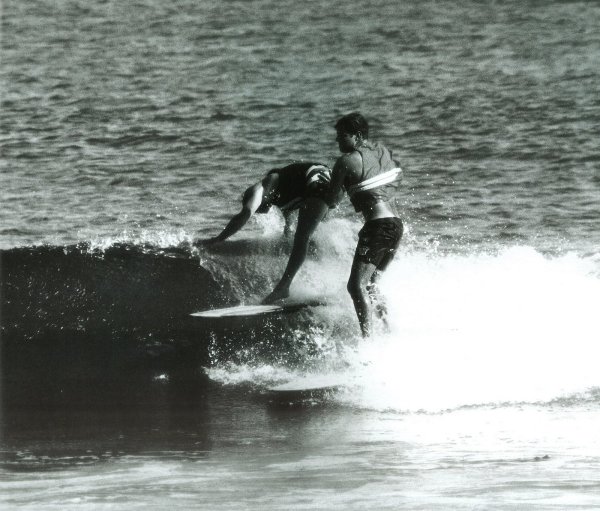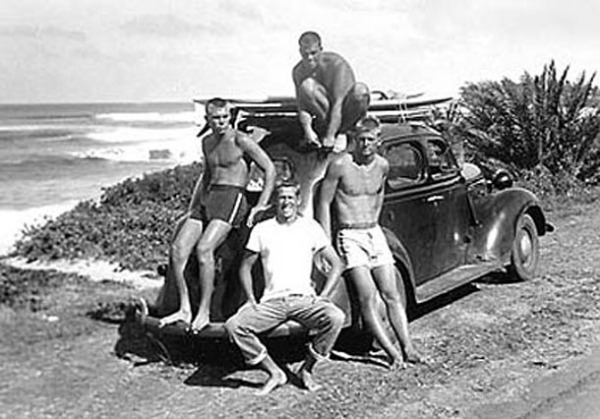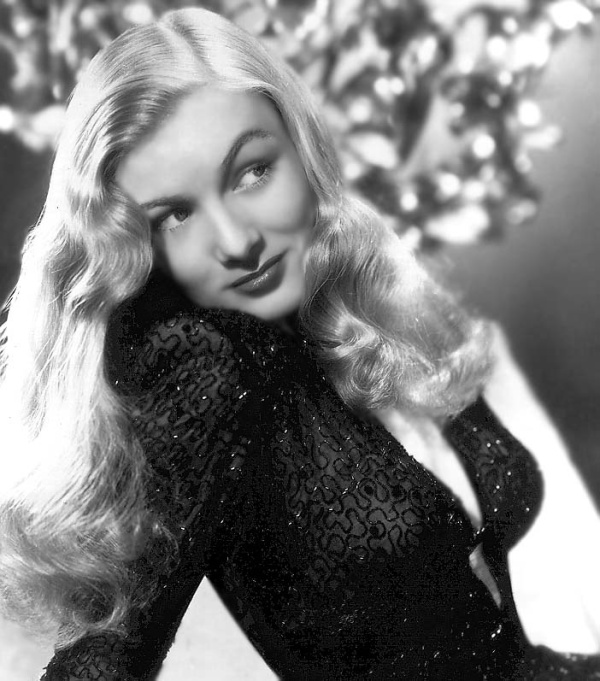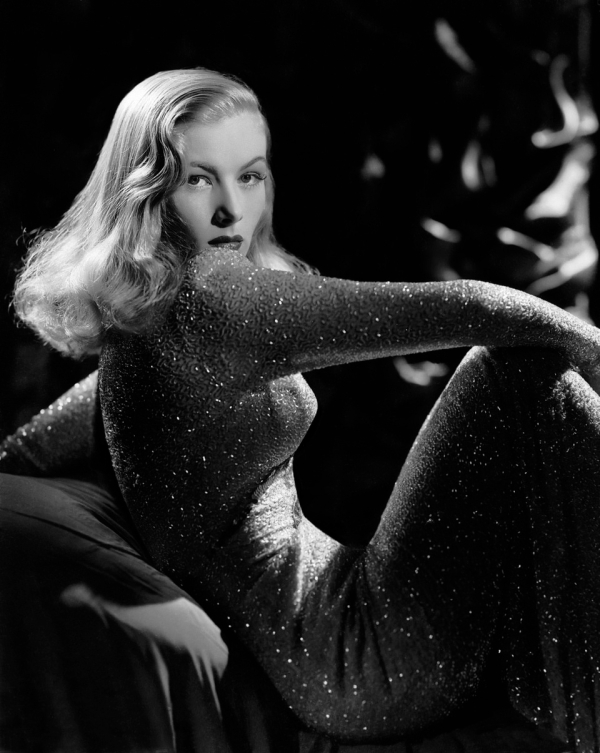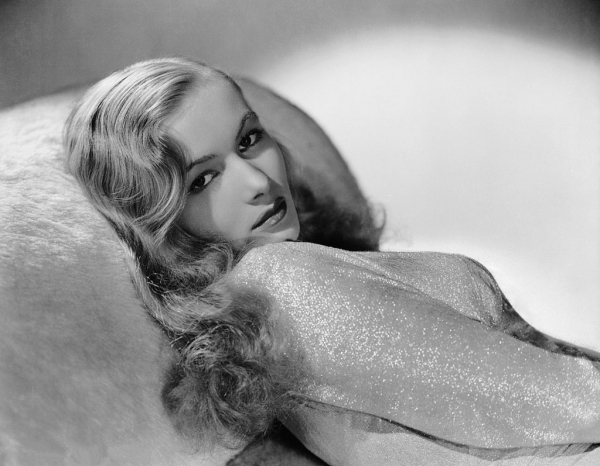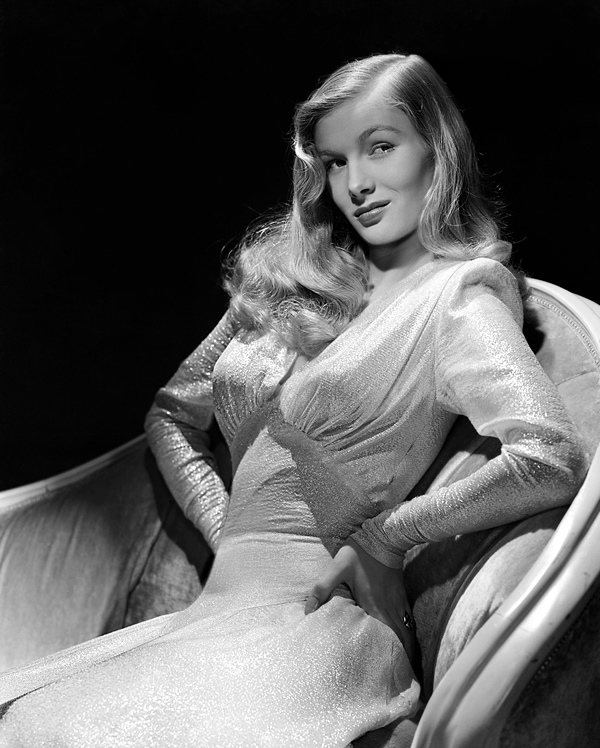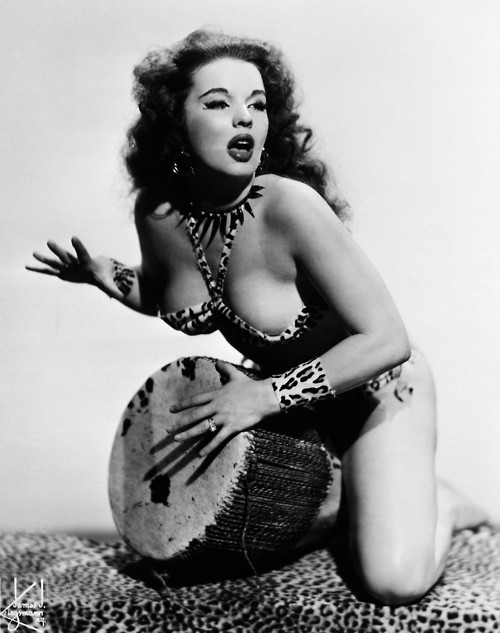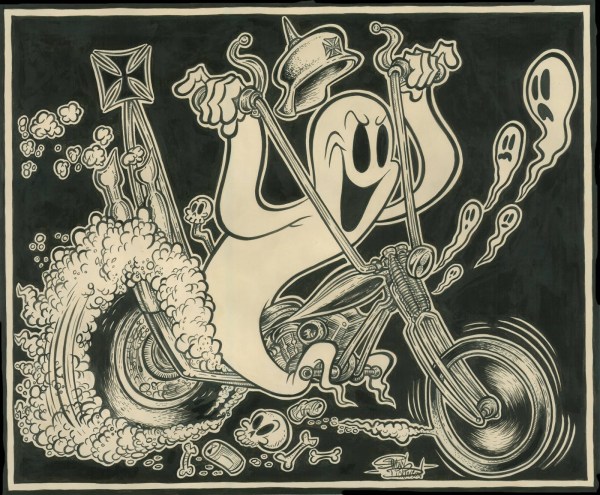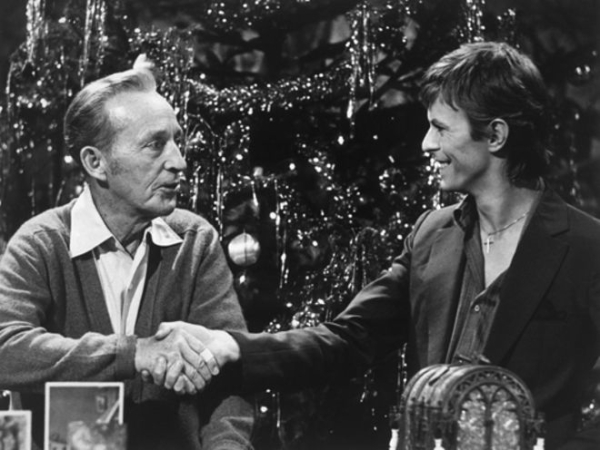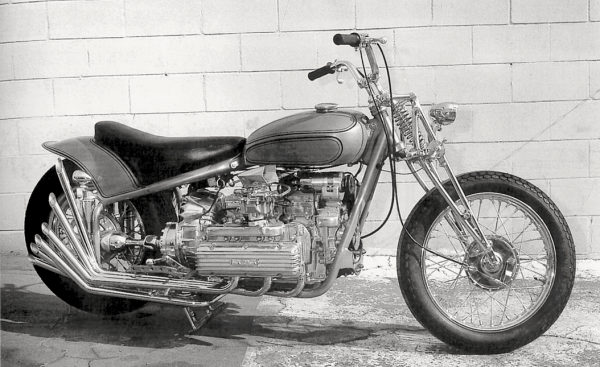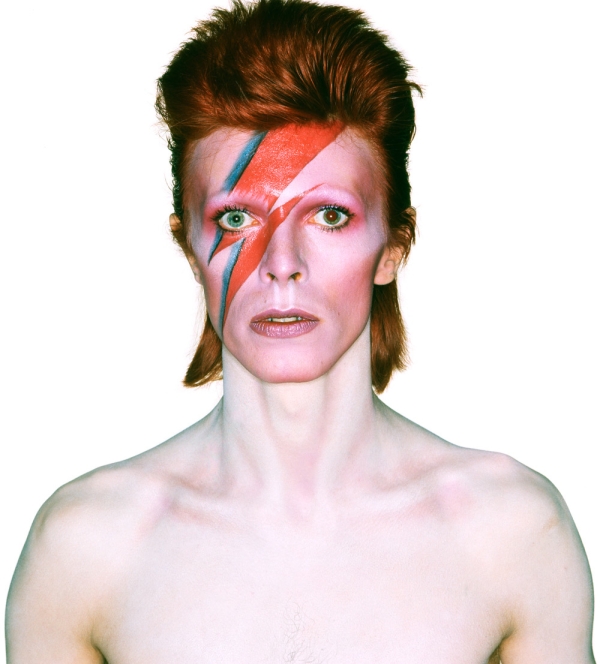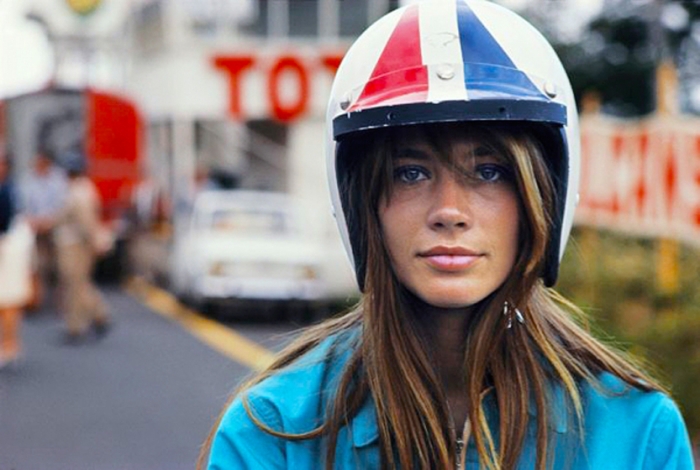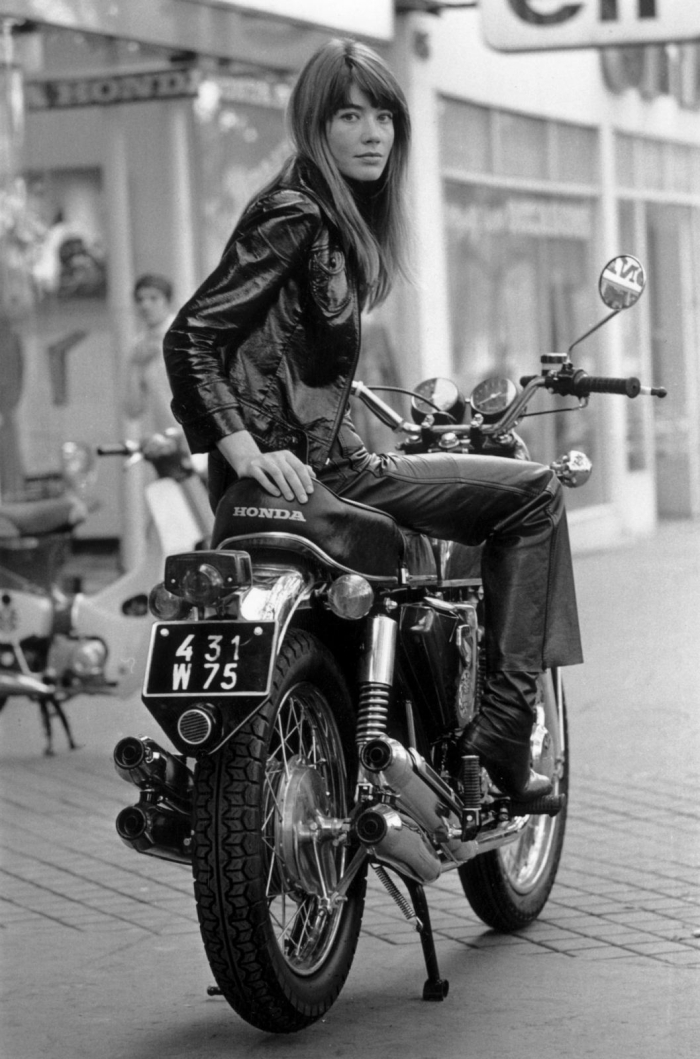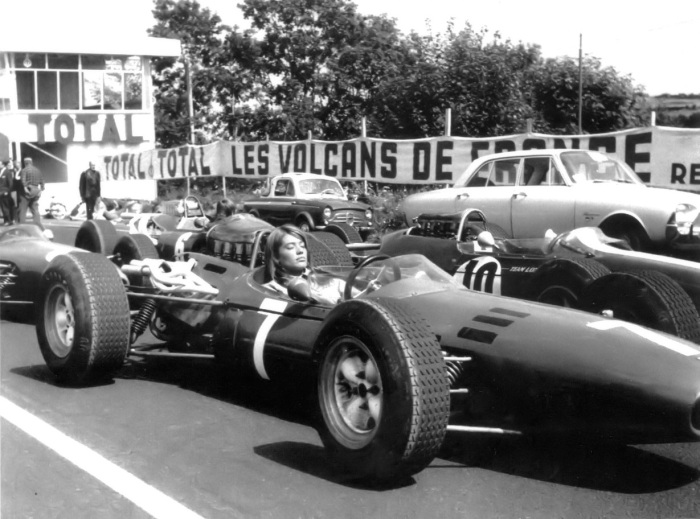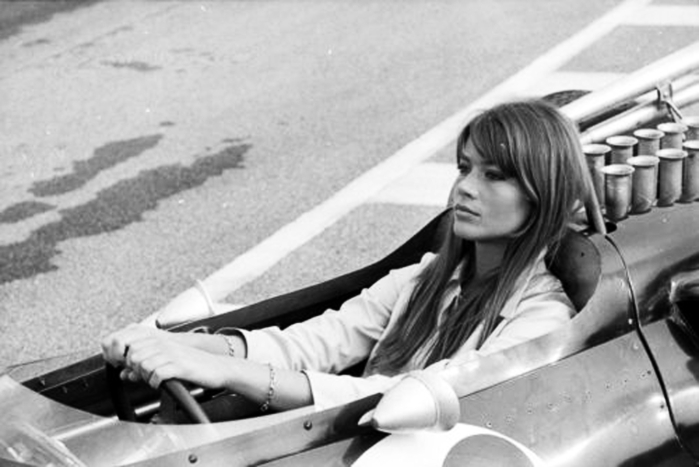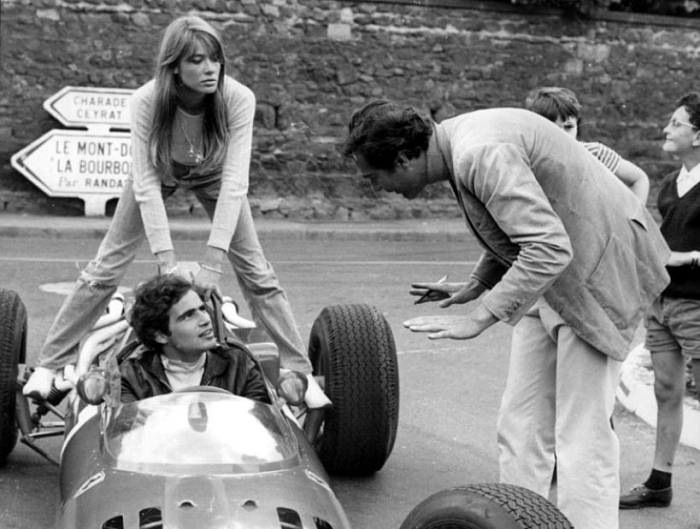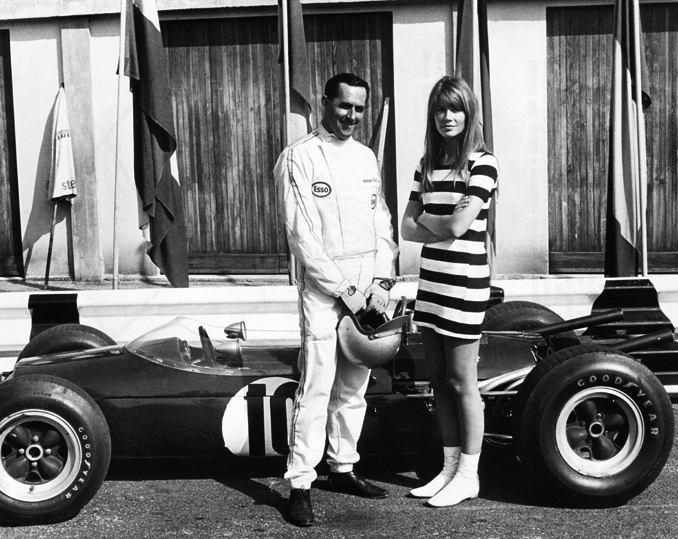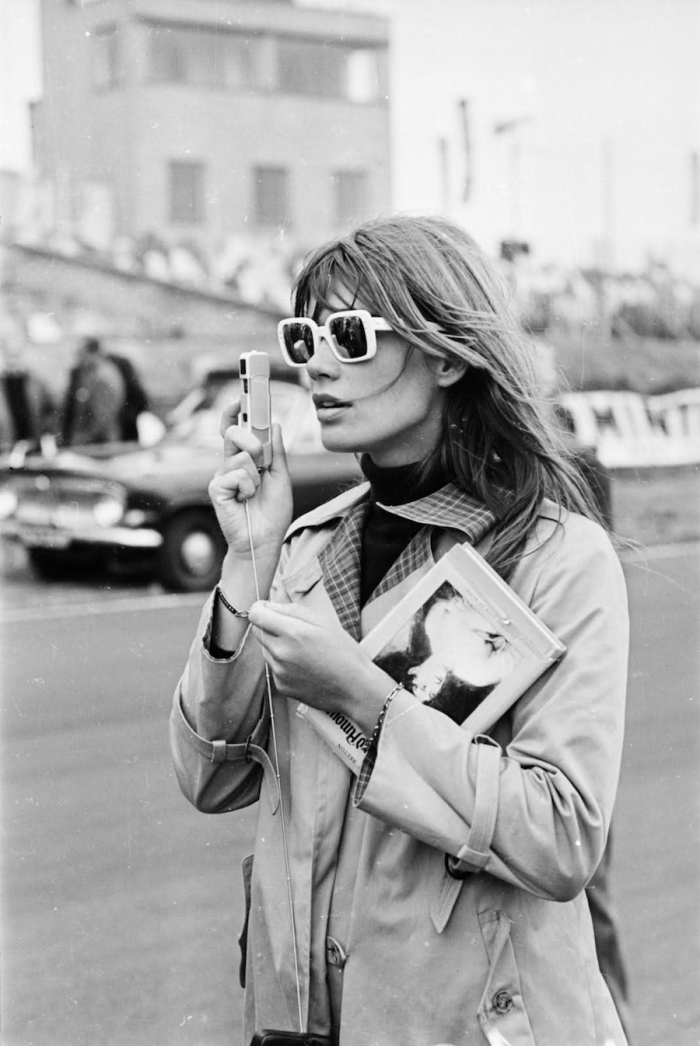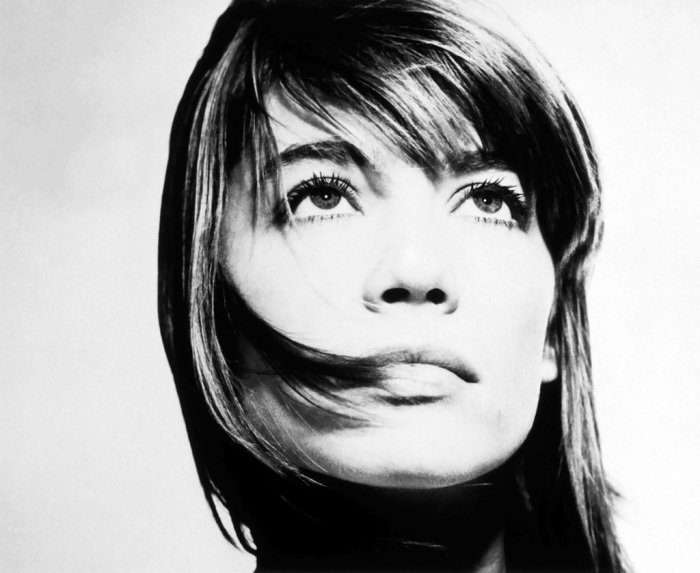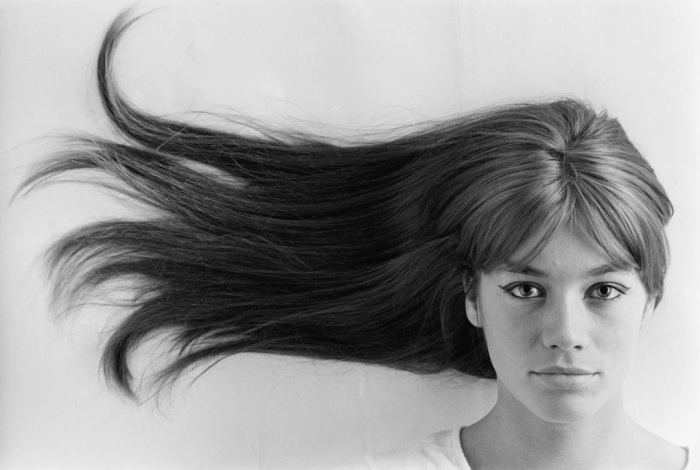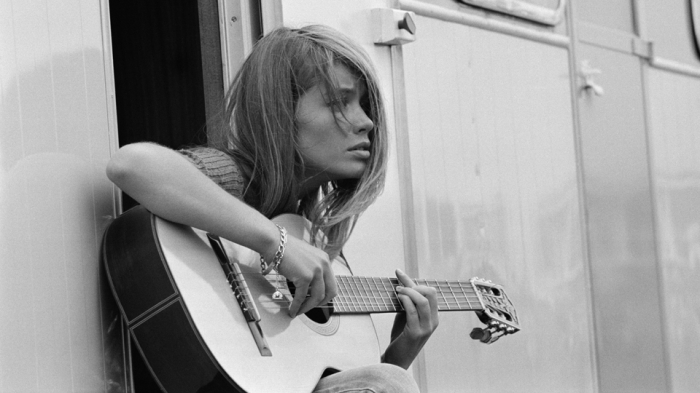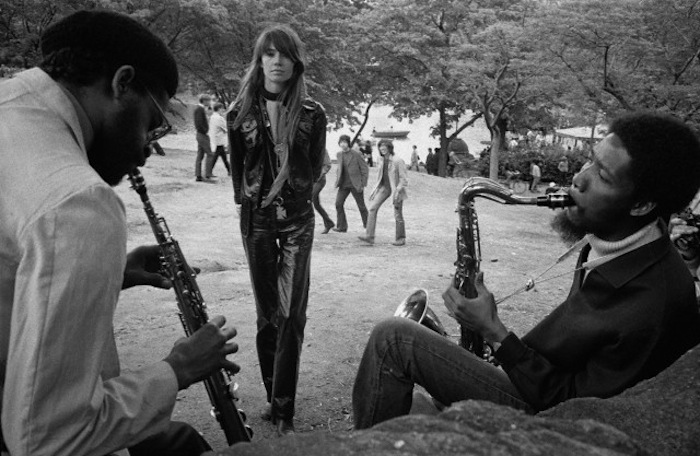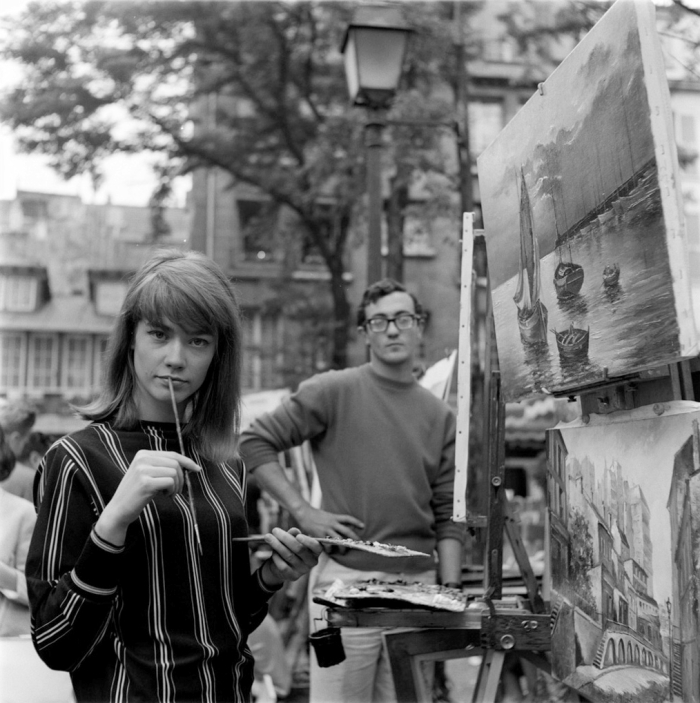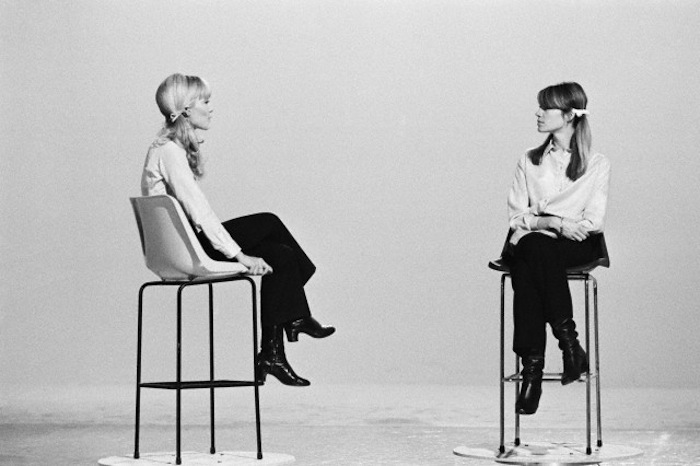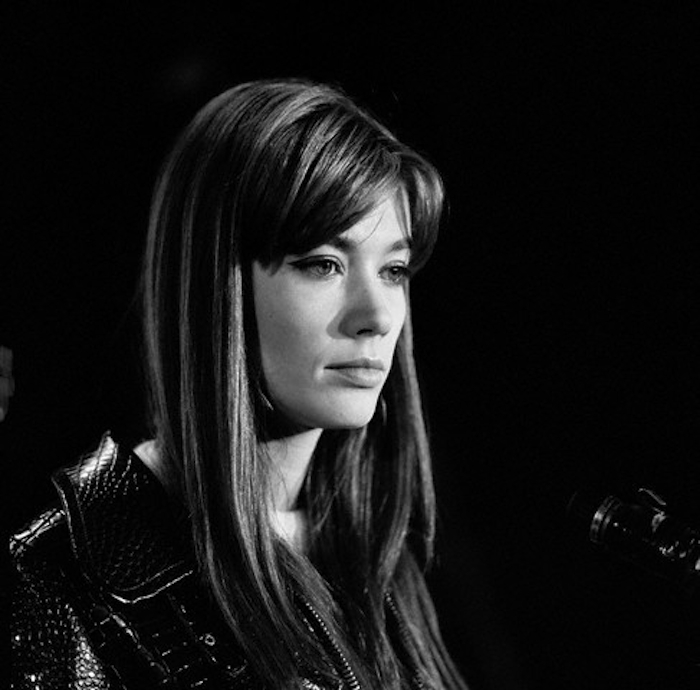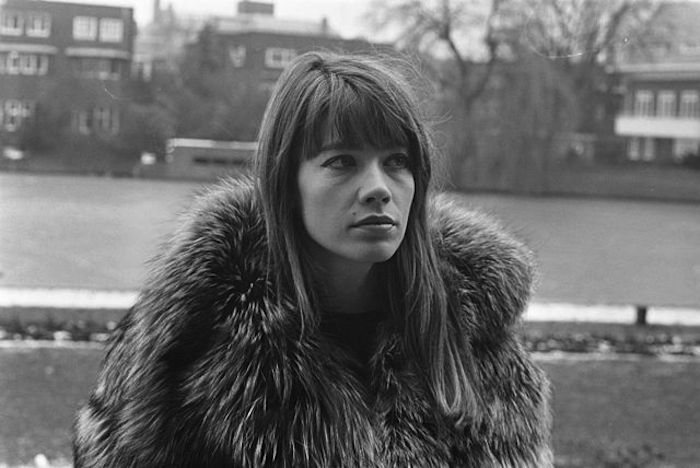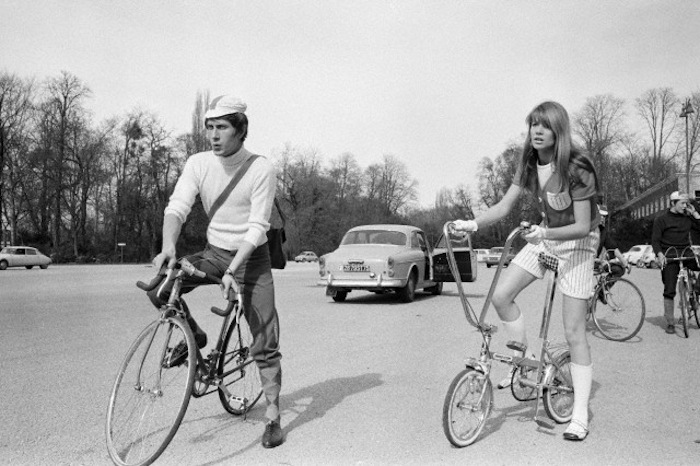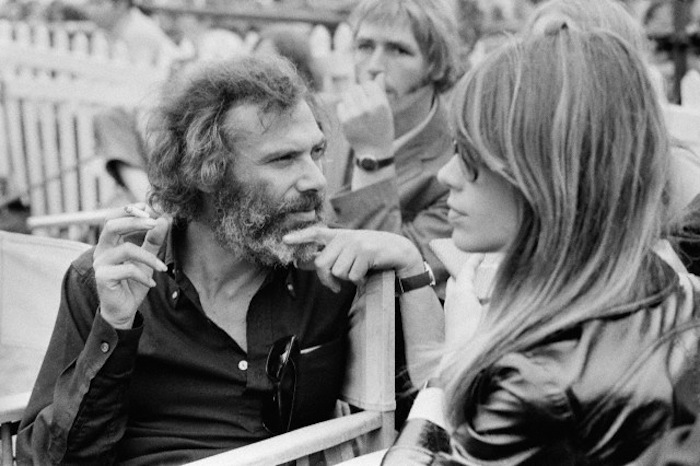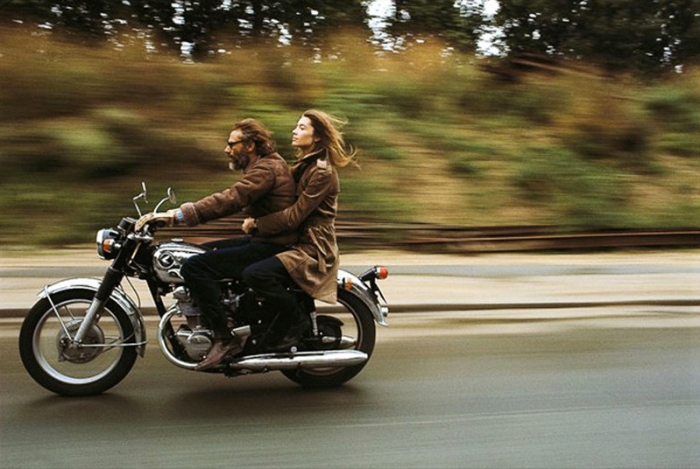-
![david bowie aladdin sane ziggy stardust]()
Brian Duffy photograph of David Bowie for the Aladdin Sane album cover, 1973. “Bowie’s sixth studio album marked the birth of the ‘schizophrenic’ character Aladdin Sane who was a development of the space-age Japanese-influenced Ziggy Stardust. To create the compelling album cover image, Bowie collaborated with photographer Brian Duffy and make-up artist Pierre Laroche. The result was one of the most recognizable images in popular culture– a ‘lightning flash’ design which has been reproduced in multiple forms world-wide.” via
-
___________________________________________________________________________
Unless you’re living under a rock (which may be the case if you depend on TSY for current affairs), there’s no way you could not feel the intense media blitz that’s happening around all things David Bowie. The release of the new single and album “The Next Day”…the 40th anniversary of Ziggy Stardust…the “David Bowie is” exhibit at London’s V&A…even the whole androgyny thing that’s sweeping the fashion scene bears his mark. Bowie is everywhere you turn, for chrissakes.
Look, there are those that revere Bowie as an ahead-of-his-time visionary who revolutionized Rock ‘n’ Roll. And there are those who see him very black & white, as a plodding opportunist who coldly studied what was happening around him (heavily borrowing from true innovators at the time like Marc Bolan), and then expertly went about merchandising himself for mass commercial consumption. Both are fucking true. Bowie is an epic genius who learned through years of toil, trial, and error how to create a magical out-of-this-world persona and artistically sell it to us on a silver platter. No one has done it better in recent memory, and it’s unlikely that anyone in our lifetime will top him. Period. End of story.
There’s an incredible account by Glenn O’Brien in the recent issue of Out Magazine. Gay or straight, get over it, go buy it, and devour the entire spread on David Bowie. It is brilliant. You can read a chunk of it here after the jump. Now go– oh, you pretty things.
___________________________________________________________________________
who revolutionized Rock ‘n-
![david bowie aladdin sane kansai yamamoto masayoshi sukita 1973]()
“David Bowie (AKA Ziggy Stardust) wearing a sensational creation by Kansai Yamamoto. Born in Yokohama in 1944, the Japanese fashion designer was only 27 when he held his first international fashion show in London in 1971. The Japanese division of RCA records made MainMan aware of Yamamoto’s work and Bowie purchased the “woodlands animal costume” from Kansai’s London boutique– which he wore at the Rainbow Concert in August 1972 and which was later remade by Natasha Korniloff. Bowie subsequently viewed a video of a rock/fashion show that Kansai had staged in Japan the previous year and reportedly loved the costumes which were a combination of modern sci-fi and classical Kabuki theatre. Kansai and Bowie met in New York where he gifted Bowie two costumes during the 2nd US Tour. Kansai was then commissioned to create nine more costumes based on traditional Japanese Noh dramas for Bowie to pick up in Tokyo in April 1973. These were the flamboyant androgynous Ziggy Stardust costumes Bowie wore on the 3rd UK tour in 1973.” via The Ziggy Stardust Companion –photo by Masayoshi Sukita, the David Bowie archive
-
-
![david bowie ziggy stardust rock]()
David Bowie as Ziggy Stardust –photo by Mick Rock via
-
-
![mick david bowie ziggy]()
David Bowie as Ziggy Stardust –photo by Mick Rock via
-
-
![david bowie ziggy stardust pin ups]()
David Bowie as Ziggy Stardust for the Pin Ups album and promo material, 1973. –Photo by Mick Rock via
-
-
![David Bowie ziggy stardust guitar]()
David Bowie (as Ziggy Stardust wearing an eye patch) performs “Rebel Rebel” on the TV show TopPop in Hilversum, Netherlands, 1974. This was Bowie at the end of his Ziggy era. (Photo by Gijsbert Hanekroot/Redferns/Getty Images) via
-
-
![mick_rock-david_bowie1]()
David Bowie as Ziggy Stardust –Photo by Mick Rock via
-
-
![david bowie jean genie ziggy]()
David Bowie as Ziggy Stardust –Photo by Mick Rock via
-
-
![ziggy stardust guitar david bowie]()
David Bowie as Ziggy Stardust rocking the famous platform boots from his Aladdin Sane tour.
-
-
![david bowie mick ronson]()
David Bowie and Mick Ronson on stage during the Ziggy Stardust tour, December 1972 / January 1973. Bowie is wearing a pair of platform shoes decorated with palm trees by Pelican Footwear, New York. –Photo by Mick Rock via
-
-
![ziggy bowie]()
David Bowie as Ziggy Stardust –Photo by Mick Rock via
-
-
![BOWIE ALADDIN SANE ZIGGY]()
David Bowie on stage in Scotland during the Aladdin Sane tour, 1973. –Photo by Mick Rock via
-
-
![DAVID BOWIE ZIGGY STARDUST ALADDIN SANE]()
David Bowie on stage in Scotland during the Aladdin Sane tour, 1973. –Photo by Mick Rock via
-
-
![lou reed mick jagger david bowie]()
Lou Reed, Mick Jagger and David Bowie, Café Royale, 4th of July. 1973. “After the very last Ziggy gig at Hammersmith Odeon on 4 July 1973, came the Ziggy Farewell Party in Piccadilly. All kinds of characters showed up, including Ringo Starr, Jeff Beck, Bianca Jagger and Lulu, but David spent much of his time chatting and laughing with Lou Reed and Mick Jagger. From all the photos I took, you can see how focused they were on each other. Later Mick and Lou even danced together (I have the photo). The most famous photos are the ones with all three of them in a kind of cuddle and the shot of Lou and David about to kiss. This shot has only been published once previously.” –Photo by Mick Rock via
-
-
![cyrinda foxe david bowie-6]()
David Bowie with Cyrinda Foxe, 1972. “Cyrinda travelled with us for part of the first Ziggy Stardust US tour. She’s the blonde in the now classic Jean Genie video that I directed. She was spawned by Warhol’s Factory and was a light-hearted fun person to be around. This shot is from a series of photos I took in some old bar in the Hollywood Hills. David liked it because it looked like something from an Edward Hopper painting. One of the shots was copied as an illustration for the original US Jean Genie single release ad. Recently it has been used on the picture disc limited edition re-release of the single, but in a colourised version.” –Photo by Mick Rock via
-
-
![david bowie praying]()
David Bowie prays at the window, 1973. “Backstage, Scotland, May 1973. I’m not sure that he’s necessarily praying, but he’s certainly in deep contemplation, thinking no doubt about the continued vertical trajectory of his career! It’s one of my favourite shots of Bowie, although it took some 30 years for it to be published in my book collaboration with David, Moonage Daydream in 2002. It’s taken before the show, and from the light streaming through the window you can see that it’s still daylight. Quite often on that tour the gigs were in the early evening starting around 6pm.” –Photo by Mick Rock via
-
![david bowie ziggy stardust makeup]()
David Bowie in make-up, 1973. “David was very adept at applying his make-up and did it himself mostly in those days. Lindsay Kemp had taught him the rudiments in the days when David had studied the art of mime with him in the late 60s. On his trip to Japan earlier in 1973 he had had met with Tamasaburo, the Japanese Kabuki star, who had given him a lot of tips on how to apply Kabuki-style makeup. David brought back with him a whole array of exotic make-up. In Moonage Daydream he writes, ‘I used to enjoy doing the make-up. It felt relaxing and put me in a kind of serene state before the show.’ The slew of photos I have of him applying make-up bear witness to his focused demeanour.” –Photo by Mick Rock via
-
-
![BOWIE RONSON]()
David Bowie lunch on the train, 1973. “Taken on the train up to Aberdeen for the first gig of David’s final Ziggy tour, 15th of May, 1973. Another image that got lost in the archive until it finally surfaced in Moonage Daydream. I have a slew of photos on the train and in the stations of David in that amazing jacket. But the favourite one for fans is this one. Of all my limited edition fine art prints, this may be the one that has sold the most. Maybe it’s got something to do with the ridiculously ‘glam’ look of the magic duo and the obviously mundane nature of their British Rail lunch – lamb chops, boiled potatoes, peas with the bread rolls and pats of butter. But also perhaps something to do with the warm conspiratorial way they are looking at each other. They had the rock scene by the horns and they were savouring it!” –Photo by Mick Rock via
-
___________________________________________________________________________
-
In 1971, David Bowie was having his Greta Garbo moment. On the cover of Hunky Dory, he looked a bit like her and sang a song called “Oh! You Pretty Things.” That was his vibe when he came to visit Andy Warhol at the Factory, on September 14, 1971. He was with his manager, Tony DeFries. They were in town to sign with a new record company, RCA, and Bowie wanted to pay homage to Warhol. Andy had been a hit in London in ’71 with his play, Pork, and Bowie had recorded a single, “Andy Warhol,” and he wanted to sing the song to Andy in person.
I don’t know if they had an appointment, but I remember someone saying, “There’s somebody here named David Bowie to see Andy.” I had been reading about Bowie and had heard The Man Who Sold the World. It had Bowie with long curly locks reclining odalisque-style in a vintage dress on the cover, and it only reached 105 on the Billboard charts. The Factory was the world’s HQ for drag queens at the time, and I thought that Bowie was jumping on the bandwagon. But something was in the air; hippies were wearing feather boas, and, unbeknownst to us, the New York Dolls were rehearsing somewhere. I said that Bowie was pretty famous and that we should, of course, let him in.
David had long hair and was wearing huge Oxford bags-style trousers, a floppy hat, and Mary Janes with one red sock and one blue — he was clearly aiming for a sort of eccentric androgynous look. I was immediately struck by his eyes, with their electric pupils. I was also struck by David’s wife, Angie, who looked more boyish than David and had quite a presence, and by the contrast of Tony DeFries, who looked like a Sicilian Elvis impersonator. Not very glam.
Bowie had studied with the famed mime Lindsay Kemp and had toured with Kemp’s company, so he certainly had the best mime credentials, but none of us knew quite what to make of the mime he performed for Andy. Then he sang “Andy Warhol.” I don’t think Andy could tell whether it was an homage or a send-up, with its rather ambiguous lyrics, but everyone was very nice and polite. I’ve recently seen the silent black-and-white video [of the visit]. The Factory’s video technique was even worse than its film technique, and I’m curious about the conversation I can be seen having with Bowie, my hair almost as long as his. I recall David asking me where he could get a copy of the Index Book and I recall that I had no idea what that was.
I don’t know what Andy thought of that day — probably not much, but he had that sense of judging a person’s self-esteem, and I think Bowie passed on that count. The next time I saw him was in London. RCA Records had gotten behind him big time, and, in 1972, they shipped a bunch of editors and writers over to see his new incarnation, Ziggy Stardust. It was a total transformation, with Bowie gone futurist with radical red hair, makeup, and Japanese designer clothes. It was fantastic. He was a new dandy prototype, a Beau Brummell for the publicity millennium. I saw the band play a great concert in a medium-sized hall in Aylesbury, and I hung out with David and his very friendly wife, Angie. We went dancing at Yours and Mine, a hip disco under a Mexican restaurant and, yeah, I danced with David Bowie. Fabulous!
Read the complete story here…
-
“David Bowie is” — Victoria and Albert Museum
-
RELATED TSY POSTS:
1972 DAVID BOWIE IN TECHNICOLOR | CH-CH-CH-CH-CHANGES ROCK ‘N’ ROLL
PEACE ON EARTH | BING & BOWIE’S EPIC AND TIMELESS HOLIDAY CLASSIC DUET
BLUESMAN STEVIE RAY VAUGHAN | TRIBUTE TO AUSTIN’S FAVORITE SON
GQ ITALIA x TSY | MEN OF STYLE
-
![]()
![]()

